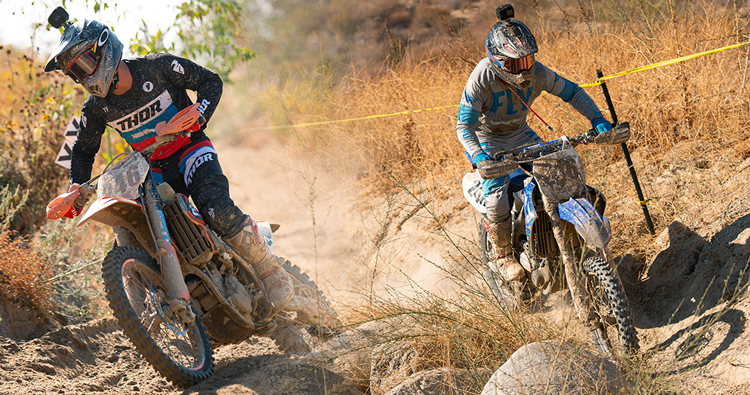Testing On The Battlefield
Story by Trevor Hunter, Photos by RevD Photography
The 250cc four-stroke off-road market is on the rise, and manufacturers are listening. Yamaha, KTM, Husky, Honda, Kawasaki, and more all have “FX” or “XC” type models in their lineup and they very well could be the most versatile bike in a lineup. They can transition from the off-road arena where they’re designed to be ridden, and cross over to the moto tracks competitively without too much setup discrepancy. We currently have a KTM and Yamaha’s 2020 XC race models in our stable, in the form of a KTM 250 XC-F and a YZ250FX. I decided to race each bike on different days at the WORCS double header event at Glen Helen as sort of a real-world mini-shootout in the 250A/Pro 2 Lights classes. Here’s what I came away with after two days of racing on a rough and tough GP course. To preface this, I’ve spent years and years racing Yamaha two-strokes and just recently switched to a KTM for a personal race bike. I still feel more comfortable and “at home” on Yamaha’s, despite spending more time on Katoom’s these days.
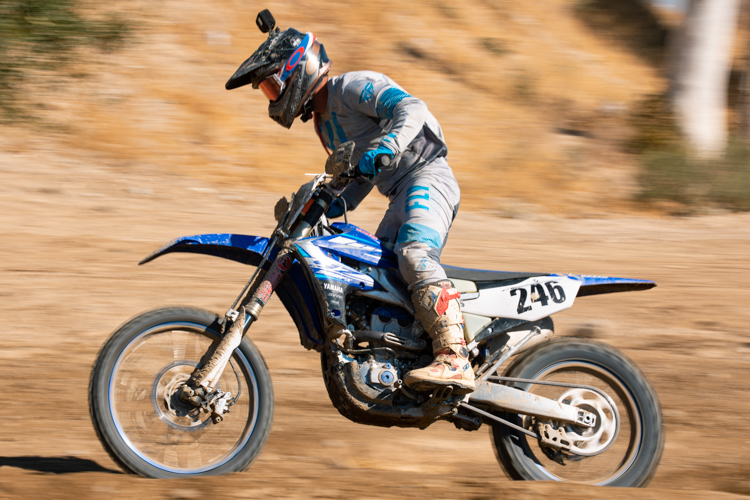
The WORCS course offered a good mix of everything we look for in a GP course, featuring the moto tracks, rocky singletrack, 80+ MPH straightaways, and everything in between. With it being a shorter course with sub-10 minute lap times for a large majority of the racers, it got really rough really quick. You can read about the mod’s we’ve done to our KTM in our Project Bike Build, along with an update as we just crested the 60 hour mark. As far as our YZ250FX goes, mods are minimal. Precision Concepts Racing, the same tuners who valve the Purvines Racing bikes that are winning the 250 Pro classes out West, have valved our suspension. They’ve stiffened it up to better suit the faster west coast terrain, though it’s still a work in progress as we’re in the very early stages of developing a setting. A few other mods include an IMS 2.8 Gal Dry-Break Tank, Maxxis Tires with a MX-ST up front and Maxxcross SI out back paired with Nitromousse Foam Inserts, a different handlebar bend, and AME grips. We ran the same tire/mousse combo on the KTM, both with equally new/worn tires installed.
KTM 250 XC-F Pros/Cons/Characteristics –

- Power is everything in the 250 class, and the KTM motor either shines or lacks, depending on how you ride the bike. The XC-F motor is dependent on revving to go anywhere in a hurry, and that has never been more apparent than riding it back to back with the Yamaha. We recently installed a Vertex GP Racer Piston Kit, which bumped the compression from 14.4:1 to 14.5:1, and we felt a slight increase in bottom end power, but it’s still nowhere near as powerful and torquey as the Yamaha. The bike excelled in the faster sections of the Glen Helen course where there was fast straights, sweeping corners, and plentiful traction.
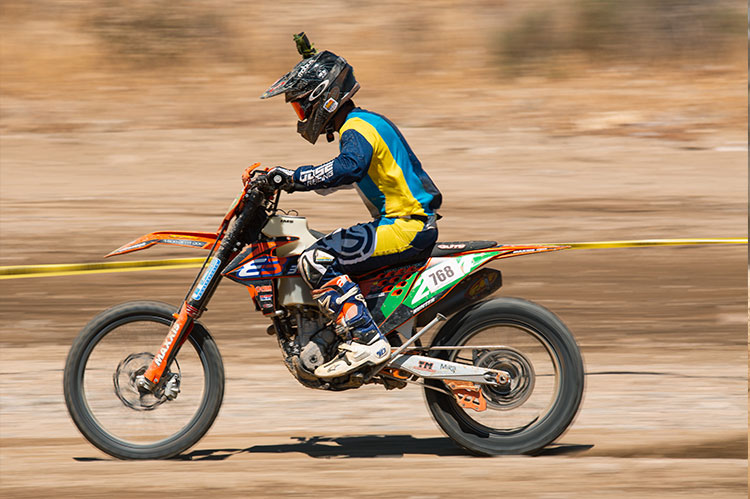
- Transmission on the KTM is really good… except for the 6th gear. The spacing through 1-5, the same as the SX-F, is spot on for our intended purposes, though the 6th gear is way too high to pull. We’re currently running one tooth up on the rear sprocket to tighten up the spacing slightly, helping keep the revs up, but pulling 6th gear is still near impossible. We’d need a downhill, hard packed straightaway with a long runout to ever pull 6th without the bike falling off its face. However, 5th gear pulls fairly long so there aren’t many times you need to use sixth, especially when racing at Glen Helen.
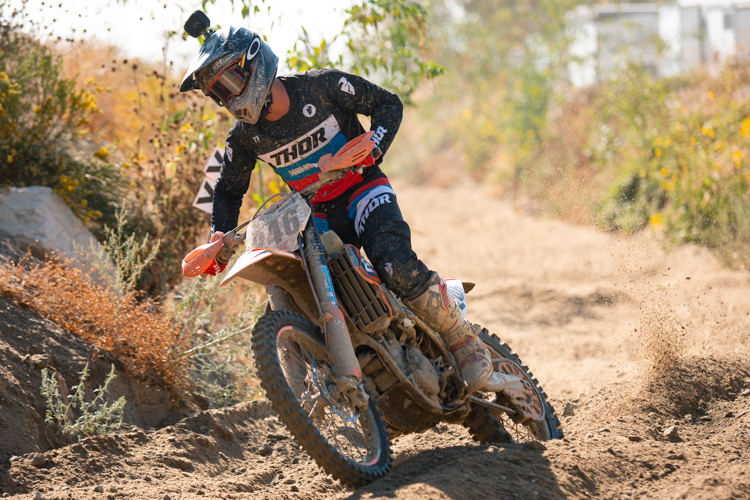
- Handling wise, I am actually very pleased with the KTM. We currently have WP Cone Valve forks up front, with a stock shock out back. The Cone Valves feel heavy up front, but that’s not necessarily a bad thing. The bike doesn’t feel as precise and nimble upon corner like it does with AER forks. Diving into a rut or changing lines quickly is tougher, but the weight adds stability and helps keep the bike in a straight line on entrance. Additionally, the added weight helps increase front end traction through the turns and reduces the front wheel from popping up when hard on the gas. Funnily enough, our WP XACT shock has KYB style valving in it, including a KYB piston. TCS Powersports, who valved the shock, initially based the setting off of our RM-Z250 shock setting, only to go a little stiffer on the KTM after some testing. We also have a Pro Circuit Linkage System installed. The Linkage offers a lighter, more supple feel initially, then ramps up more progressively as the shock travels through the stroke. With the PC Linkage and KYB-style valving, the package is working really well.
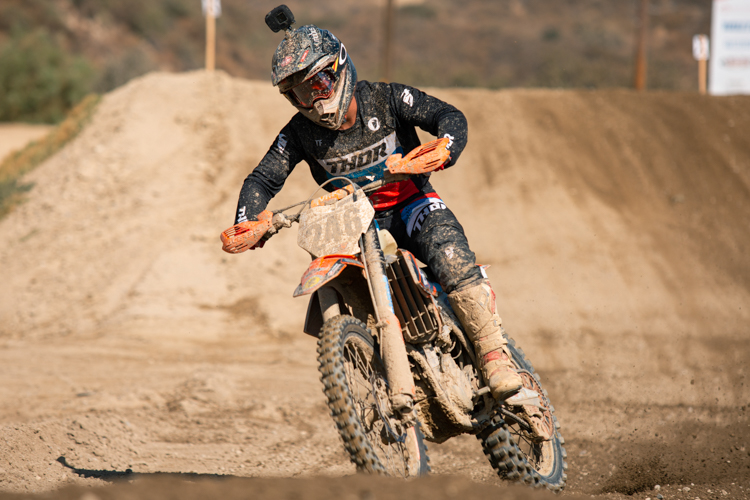
- Some of the small things on the KTM both add and detract from the bike. Brembo brakes are as good as it gets, though I’m not a huge fan of the hydraulic clutch on the KTM. Yes it has an easy pull, but so does a good and well maintained cable clutch. The KTM clutch is very on-off, with a small engagement point making it harder to modulate and get a good feel for it. This is more noticed in the tighter, technical sections, along with on the starts.
Yamaha YZ250FX Pros/Cons/Characteristics:
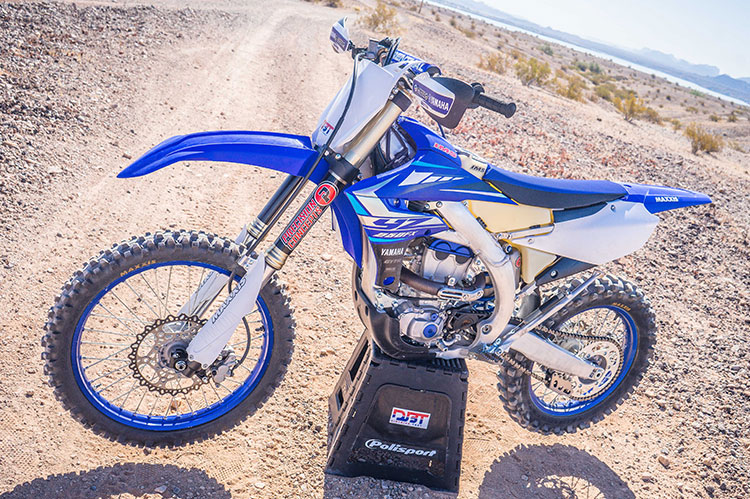
- The motor on the YZFX is a standout. It undoubtedly boasts the most torque and the strongest bottom-mid power in the class. Myself, I typically like and feel more comfortable riding in lower RPM’s and being smoother on the gas. With that riding style, the Yamaha is better suited and easier to ride fast for me. Additionally, Sunday featured a 55 minute qualifying race in the morning, with a 1.5 hour pro race in the afternoon. In the closing laps of the Pro race as I began to fade slightly and ride less aggressively, the Yamaha motor “slowed” my drop in speed significantly. I began riding taller gears and cutting in and out of corners to find smoother lines and this motor lends itself to that. My laptimes didn’t drop significantly despite much less aggressive riding.
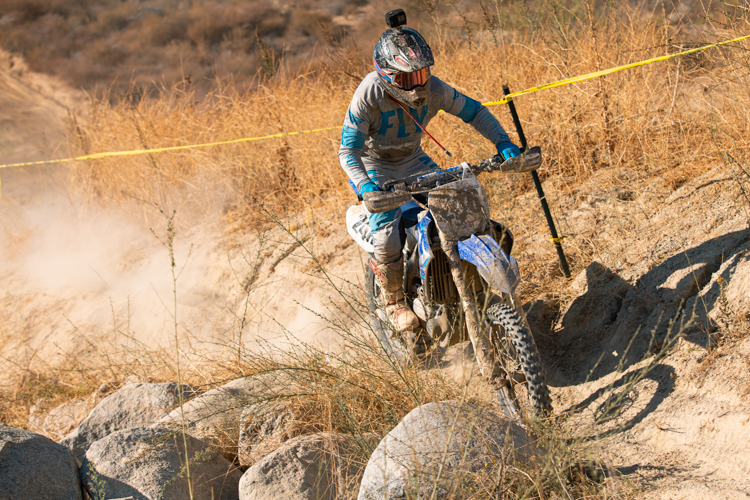
- The transmission is good and bad all in one. In the uber fast sections of the course, the 6-speed wide-ratio tranny worked really well and was able to reach top speeds efficiently and effectively. However, once you get into 2-4 gear sections and on the moto tracks, the gap between gears gets a little tricky. It forced us to rev the bike slightly more than we’d like, only to fall down to a slightly lower RPM than preferred. In this instance, we’d prefer the YZF due to the fact that its transmission is close-ratio, though it only offers a 5-speed.
- Yamaha’s other standout feature is its handling. In stock trim, KYB components are really tough to beat, especially on the YZ’s. They’ve stuck with the same basic foundation for well over a decade, and it’s really fine tuned here in 2020. Precision Concepts revalved the suspension for us since it was prone to bottoming and wallowing with stock valving, and they stiffened it up for us with springs and valving. We’re still working on developing our ideal setting, but the bike ate up the fast and choppy course with ease. The bike never deflected on square edges and the small chop, and the added weight of the bike also helps this department. We’re still looking to get slightly better bottoming in the bigger whoops and breaking bumps, but we’re close on a setting.
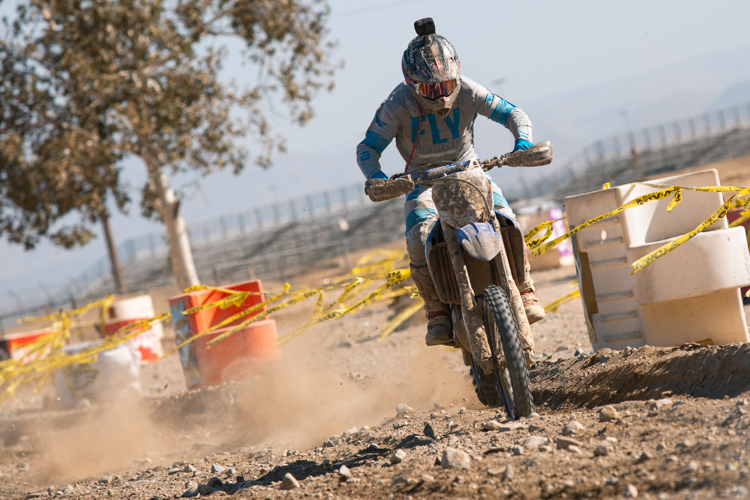
- The Yamaha would benefit from a stabilizer on the fast and choppy course. There were several sections where you’d be racing in 4th or 5th gear wide open only to come into 50+ yards of braking bumps. We experienced some head shake and it would upset the bike. All of my own personal bikes have used GPR Stabilizers for years, so it has become the norm for me and gives me added comfort and confidence.
- Cornering on the Yamaha isn’t quite as precise/quick as it is on a KTM. It’s a slower steering bike so diving inside and making quick pivots is harder to do. Though, this comes as a result of added stability.
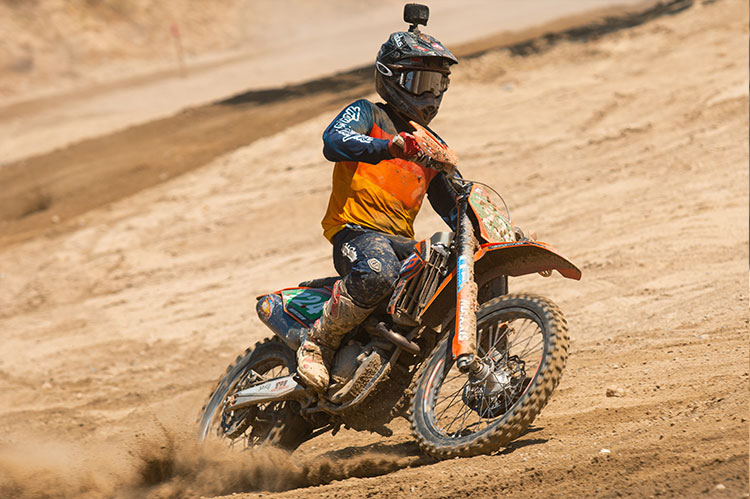
Overall, what’d we come to conclusion? The KTM is aggressive in nature, especially with its motor package. It needs to be revved out, and while it may be faster for a lap or two, its tough to maintain this aggressiveness for 1-2 hours. Also, bikes tend to handle better when ridden in lower RPM’s, but the KTM struggles on power when ridden like this. However, the KTM is essentially easier to keep in the meat of the power with its semi-close ratio transmission and ability to hold high RPMs. The Yamaha is more stable at speeds, but falls back in cornering. On west coast off-road, speeds are usually a little higher with more sweeping turns and berms making quick turning bikes not as critical.
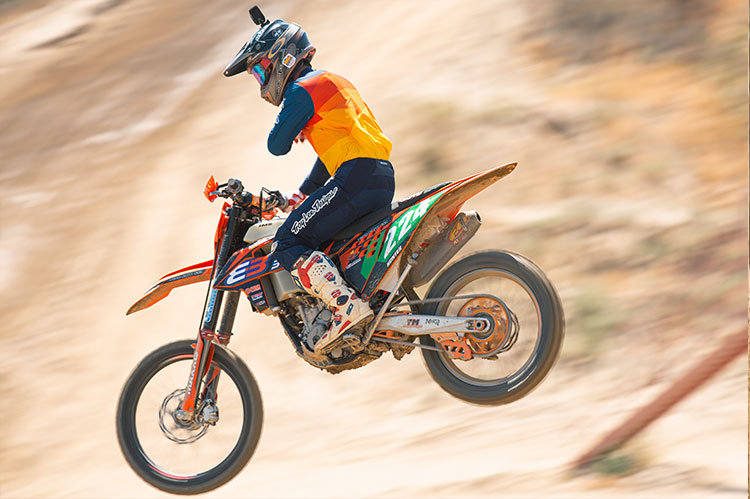
What’s the biggest takeaway from all of this? The moto model bikes from both Yamaha and KTM, respectively, would likely cure most of our discrepancies with each bike. The XC-F is identical in motor components, save for different tuning of the ECU, and a lack of a 6th gear. Well, we determined the 6th gear is very tough to use on this bike, even in the fastest sections of a fast course. The SX-F is mapped to be a little more abrupt and aggressive making the bottom-mid more useable without sacrificing as much to the Yamaha. With the YZFX, the moto model has a standard 5-speed transmission with good spacing between each. Additionally, it is slightly lighter and the mapping will be a bit more aggressive (we ran the MX Power Feeling map in Map 1 using the GYTR Power Tuner App). This comes as no surprise as higher level racers almost always trend toward the more aggressive moto setups, whether it’s with the bike itself, or with suspension/chassis/engine settings. However, intermediate and below level racers will typically gel with the more comforting and versatile off-road setups.
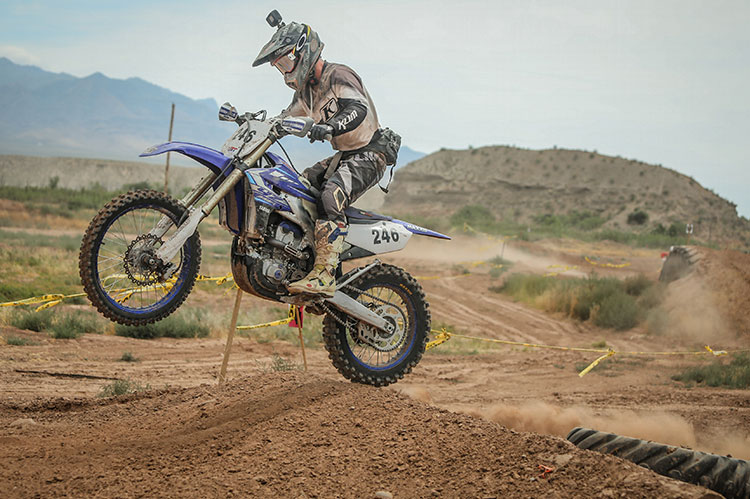
So which bike is better? That all depends on the type of rider you are. The Yamaha is the “Cadillac” of the two, whereas the KTM is the Ferrarri. The KTM is fun to ride and go fast on, but it’s a lot more work to do so. In quicker, sprint style races, the KTM might be more preferable, but in the long run, the YZ is tough to beat. In the end, I did best on the Yamaha with the highlight being a 7th Pro 2 Lights on Sunday afternoon.
Support DBT by shopping through the links below:
